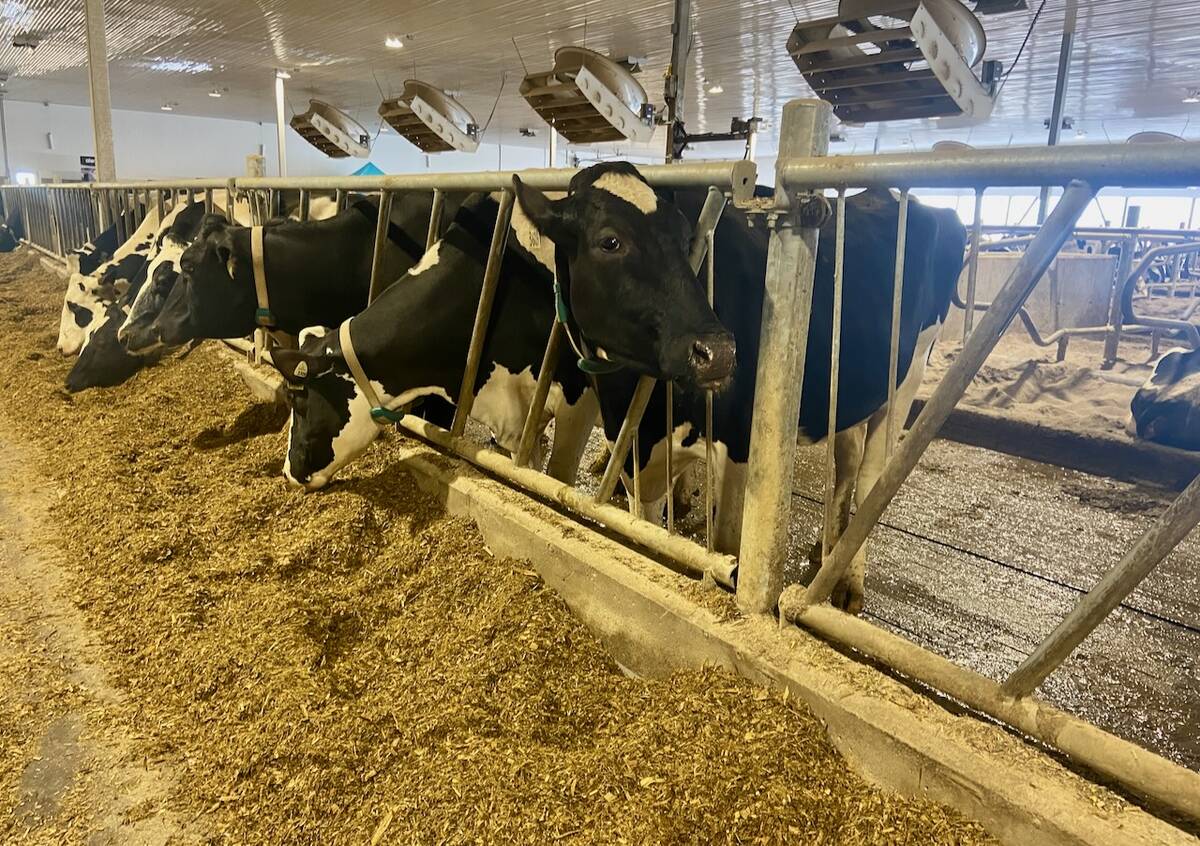VIRDEN, Man. – Cattle producers who haven’t tested their feed and don’t have a clue about feed intake should not call John Popp.
The Manitoba Agriculture beef specialist says there’s no way producers can know what kind of results to expect from a feeding program without good information about the nutritional content of their hay or silage or how much the cattle are eating.
“It’s like phoning CAIS (Canadian Agricultural Income Stabilization program) without having your numbers. Don’t even pick up the phone,” Popp told the Manitoba Feeder School held recently in Virden.
Read Also

U.S. farm group supports supply management
U.S. grassroots farm advocacy group pushing new agriculture legislation that would move towards supply management like Canada has for dairy industry
“You’re not going to qualify with me as a nutritionist, either, if you haven’t got a feed test in front of you and haven’t got some information on the intake in the pen.”
A wet chemistry or NIR feed test costs $20 to $30, which is cheap compared to other production costs.
“Most of us wouldn’t think as much about buying a bottle of Draxxin for $700 as we would spending $25 on a feed test,” Popp said.
Testing water is also important. High sulfur levels can tie up copper in cattle and lead to deficiencies.
When margins are tight, as they are this year, meeting a 1.8 pound daily gain target requires careful planning. Testing bunk samples once a month isn’t unreasonable.
Popp said convincing newly weaned calves to eat grain is a vexing problem. Cutting off the hay in hopes of forcing them to eat grain could lead to overconsumption and acidosis.
“We use screenings, or at times we just get some powdered molasses and throw that onto the grain just to sweeten it up a little bit and encourage them to come and eat it.”
Another trick is to use only the most palatable grain.
As well, Popp said dried distillers grain will be a useful tool once it becomes more available.
“They’re palatable and they don’t have a high amount of starch. It’s a lot harder for the cattle to overeat on them,” he said. “I think DDGS (dried distillers grain with soluables) has a lot of promise. It fits a lot of the things we’re trying to do.”
Cattle perform best on 12 to 13 percent protein. Lower levels result in slower gains, while excessive protein is excreted in urine and puts unnecessary stress on the kidneys.
“A 400 lb. calf should eat 2.8 percent of body weight. They can eat as high as 3.5,” he said. “If they are eating at 1.4 percent, chances are they are deficient in protein.”
Vitamins and minerals are important for maintaining calf health, especially vitamins A and E. Extreme vitamin A deficiency can cause partial or complete blindness, while less serious cases will have rough, coarse coats. Suspicious-looking calves should get a shot on arrival, and then afterward the vitamins can be added to the ration.
“Vitamin E is cheaper than going after cattle with a needle,” Popp said.
Balancing the ratio of grain to roughage is critical. Too little grain shortchanges the animals on their energy needs, while too much can unbalance rumen pH and cause subclinical acidosis.
Overprocessing grain and feeding hay too rich in alfalfa can cause bloat. For maximum feed efficiency, each kernel of barley should be cracked in only two or three pieces rather than ground to powder.
Feeding whole oats and adding Rumensin to grain can reduce the risk of trouble.
Popp said pounds are dollars when feeding calves in today’s market. There’s nothing worse than feeding cattle for 60 days and discovering they haven’t gained anything, he added.
“The purpose of a growing calf is not to make a bunch of crappy feed go away. Those guys need the good feed,” he said.
“If you’ve got a bunch of cows kicking around on the back 40, that’s where you take your leftover feed.”
Fresh water with easy access is critical for feeding calves. Popp said many producers overlook this fact and pay the price in dehydrated calves. One solution with freshly weaned calves is to set the float in the water bowl higher for the first few days so that they will hear and be attracted to the trickle of overflowing water.
Feeding should be done at the same time each day. Twice a day is best for young calves, and it provides more opportunities to spot calves that are off their feed.
“Intake is the best way to detect sickness. If they’re not coming to eat, they’re starting to come down with something,” Popp said.














